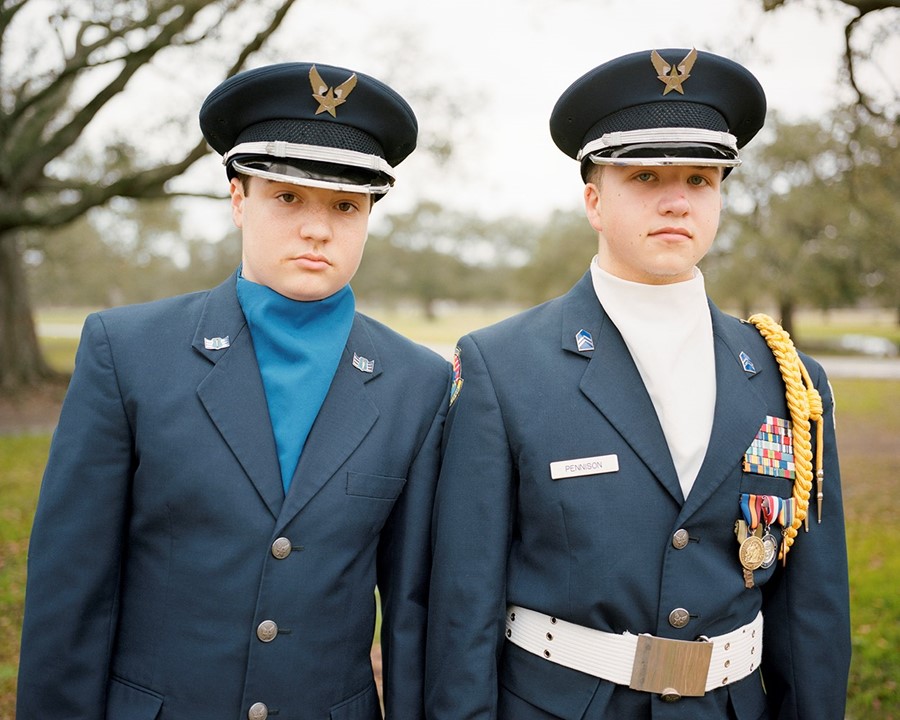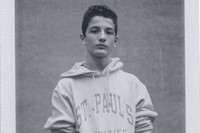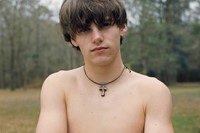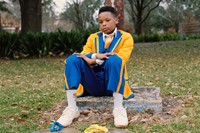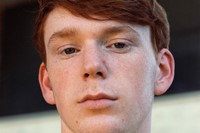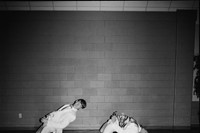Fumi Nagasaka spent three years photographing a marching band in New Orleans – her resulting book, Marching Wolves, is a record of ritualised tradition and the transition into manhood
“I’d never really seen anything like it,” recalls Fumi Nagasaka of her first New Orleans Mardi Gras. “Everyone’s dressed up, the floats are amazingly decorated and there’s music on every corner.” Unsurprisingly, her second visit to the city followed only months after, during which she made contact with Saint Paul’s School, one of the many marching bands that personify the vitality and effervescence of this annual two-week carnival. Over the next three years and as many visits, the Japanese-born, New York-based photographer embedded herself within this group of around 80 boys aged between 14 and 18. The result is her latest book, Marching Wolves, an ethnographic-style study of Mardi Gras’ ritualised traditions and a record of the transition into manhood that it nurtures.
Having made a career out of capturing moments of fleeting youth, it’s little wonder the city’s rich marching band tradition left such a deep impression on Nagasaka. Far from your average school band, these uniformed crews are a devoted assembly of dancers, acrobats and performers who train religiously throughout the year for the reward of representing their neighbourhood during Mardi Gras. “Normally marching bands just play and march together,” says Nagasaka, “but [Saint Paul’s] use their instruments as props, throwing them in the air or performing jumps. They really interact with the audience and the audience knows who they are because they go every year. It’s a very special performance, and in a way very American.”
Utilising her experience in street casting, Nagasaka identified characters she wanted to follow during her first visit to the school. “It could be a tiny kid playing a huge instrument, or some kind of bad boy type of character,” she explains. “I’d pick them from their practice and take their portraits and so I got to know their personalities through interviewing them and spending time together.” For her second visit, Nagasaka went deeper still, marching along with the band as they rehearsed and shooting at a frantic speed while taking care to avoid flailing limbs and twirling trombones. “I was marching with them everyday for a week, sometimes early morning, sometimes evening. The kids really collaborated with me, for example, when they’re performing on a wide street I had to tell them to get a little closer to fit in the frame, or to change positions for the light if we were shooting in the dark.”

By placing herself at the centre of the action, Nagasaka ceases to be a mere spectator and becomes a fellow performer, imbuing her photographs with a dynamism and energy that departs from the serenity of her more typical portraiture. “After a week’s parading together I began to understand how they perform. There’s a specific move I liked where the kids kind of bend backwards to the floor, so when I wanted that picture I had to request the song to the drum majors, who told 80 kids which song we’re going to play next. They were really patient with me and I’m so grateful for that.”
During her final visit to the carnival, shortly before the onset of Covid in February 2020, Nagasaka sought out the students she’d first encountered as freshmen who were now entering their senior years. “A lot of the boys I’d photographed were suddenly men,” she says. “One kid, who I also photographed outside of the band, was just a little boy when I first met him. He seemed troubled then and didn’t want to be photographed ... When I saw him on my second visit he had a girlfriend, who was also part of the parade, and when I saw him in 2020 he’d become a drum major and was responsible for 80 kids.”
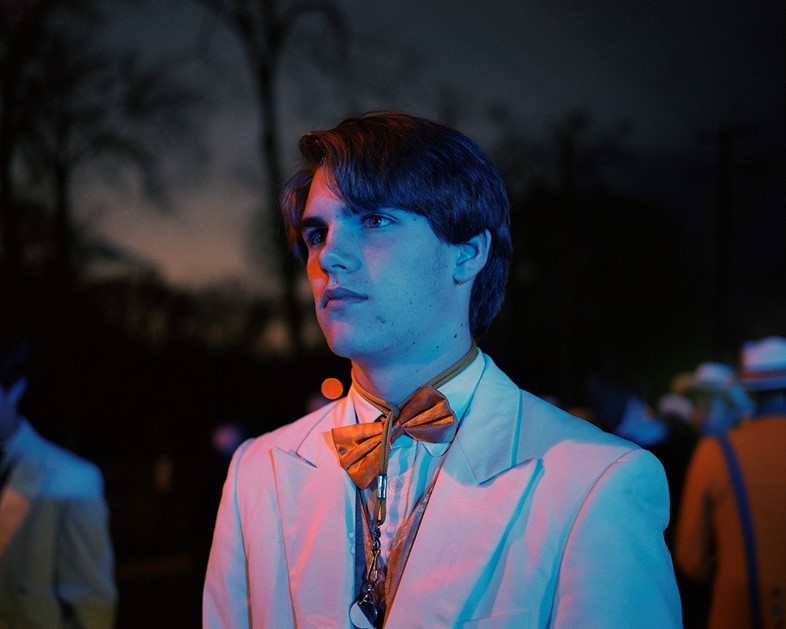
For many teens Nagasaka came to know over the course of the project, the marching band was a transitory moment of uninhibited expression and camaraderie, yet one that few continued beyond graduation. For Nagasaka however, this only crystallised the importance of these photographs, which in her eyes represent an indelible record of the dreams of their youth. “A lot of kids I photographed went on to do totally different things that had nothing to do with music,” she explains. “I wanted to make this project for them. It’s not a yearbook, it’s for them to remember what they were living for and what kind of dream they had. Whatever they do, I want them to remember the way they used to be in the band.”
Marching Wolves by Fumi Nagasaka is published by Kahl and is out now.
